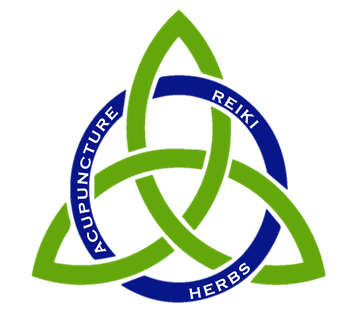Time and time again, I have seen women coming into the clinic with 5, 10, 20, 30 years after giving birth and having Stress Incontinence. For many, this is a normal and silent occurrence as we consider it a trade-off after having children. After having my own son 4-years-ago, I was struggling with balancing the “squeeze-n-sneeze” reflex. This is where you squeeze your pelvic floor muscles so you do not pee yourself from exertion such as sneezing, laughing, bouncing on a trampoline, etc…remember…”kegel exercises?
So, what exactly is Stress Incontinence and how can Chinese Medicine help alleviate it?
According to Liu Lee et al, “This condition is characterized by leakage of urine during physical activity, standing, sexual intercourse, sneezing, or coughing. Stress incontinence is due to pelvic floor muscle weakness leading to increased pressure on the bladder upon stress. Risk factors include pelvic surgery, hormonal deficiencies, and delayed second stage of labor. Forceps delivery may also be associated with this condition. The researchers discovered that a special acupuncture procedure produces a total effective rate of 93.3%” (1).
Within the pelvic floor, there are many things happening at once. When there is an increase strain on the pelvic girdle (the space between your hips that holds everything); then, the pelvic floor becomes weakened, or tightened in other areas. For women, the bladder sits in front of the Uterus. During the pushing phase of labor, the baby is pressing aganist the bladder and colon to bypass out of the birth canal. If one is pushing for a long time, they are adding pressure onto the bladder and straining the tissues.
What is the normal route of treating Urinary Incontinence? “Standard care treatments include pelvic floor muscle exercises, retiming of fluid consumption, urethral inserts, injectable bulking agents, and several surgical procedures” (1). Sometimes if the Stress incontinence is severe enough, the surgical procedure may include adding a mesh to hold the bladder in place and try to prevent it from prolapse (going downward). There are new emerging therapies gaining light on treating Stress Incontinence such as Acupuncture and Pelvic Floor Therapy. Usually, providers recommend doing kegel exercises, where one squeezes their pelvic muscles to strengthen. Kegels are done when you squeeze while actively peeing and stopping the pee mid-stream. The thing is Kegels can be done incorrectly causing more damage and tightening the wrong set of pelvic floor muscles. These can pull onto the weaker muscles and worsening the bladder weakness.
In some cases, women cannot even do a kegel because of their Urinary prolapse and pelvic floor weakness; so what good is the “Do your kegel advice, then?” The answer is treating Urinary Incontinence and Stress Incontinence with Acupuncture and Chinese medicine alongside the “Kegel” exercises.
“Acupuncture was applied to a series of acupoints known as Baliao, translated as eight crevices. This series of 4 points are individually known as Shang Liao (BL31), Ci Liao (BL32), Zhong Liao (BL33), and Xia Liao (BL34). The acupoints are located over the first through fourth sacral foramen. Moxibustion was applied to warm the needles. Acupuncture treatments were applied 5 times per week for a total of 6 weeks. The control group had a total effective rate of 70% and the acupuncture treatment group had a total effective rate of 93.3%” (1).
The points used along the sacrum (points on the side of the lower back and tail) help stimulate the nerve roots controlling the bladder and the pelvic floor muscles. In Chinese Medicine, the stress incontinence has to do with weakness of the bladder and the kidneys. The kidneys are control the water metabolism and urine retention. In TCM, the Liver controls the sinews, or joints and ligaments. When there is a Liver and Kidney Yin xu, the tendons and ligaments holding the bladder in place can become weakened. The Yin deficiency has to do with less fluid and not enough blood flow to nourish those ligaments support the bladder. Chinese Medicine uses the combination of Acupuncture and Herbal medicine to address the symptoms and underlying cause of the Stress Incontinence. With the proper treatment frequency, acupuncture and herbal combination used by a licensed Acupuncturist; one can expect to see a decrease in urgency to pee, able to jump on a trampoline without peeing themselves, able to laugh and sneeze without shame, and go onto enjoy their life.
By,
Danielle Dickshinski, L.Ac.
Resources:
-
Liu Jie, Yang Shaoqin, Shi Ying, Curative effect observation of needle warming moxibustion Ba Liao point combined with pelvic floor muscle exercise in the treatment of female stress urinary incontinence, Chinese Community Doctors, 2015 (8).
-
https://www.nafc.org/bhealth-blog/accupuncture-and-chinese-herbs-for-the-benefit-of-oab

